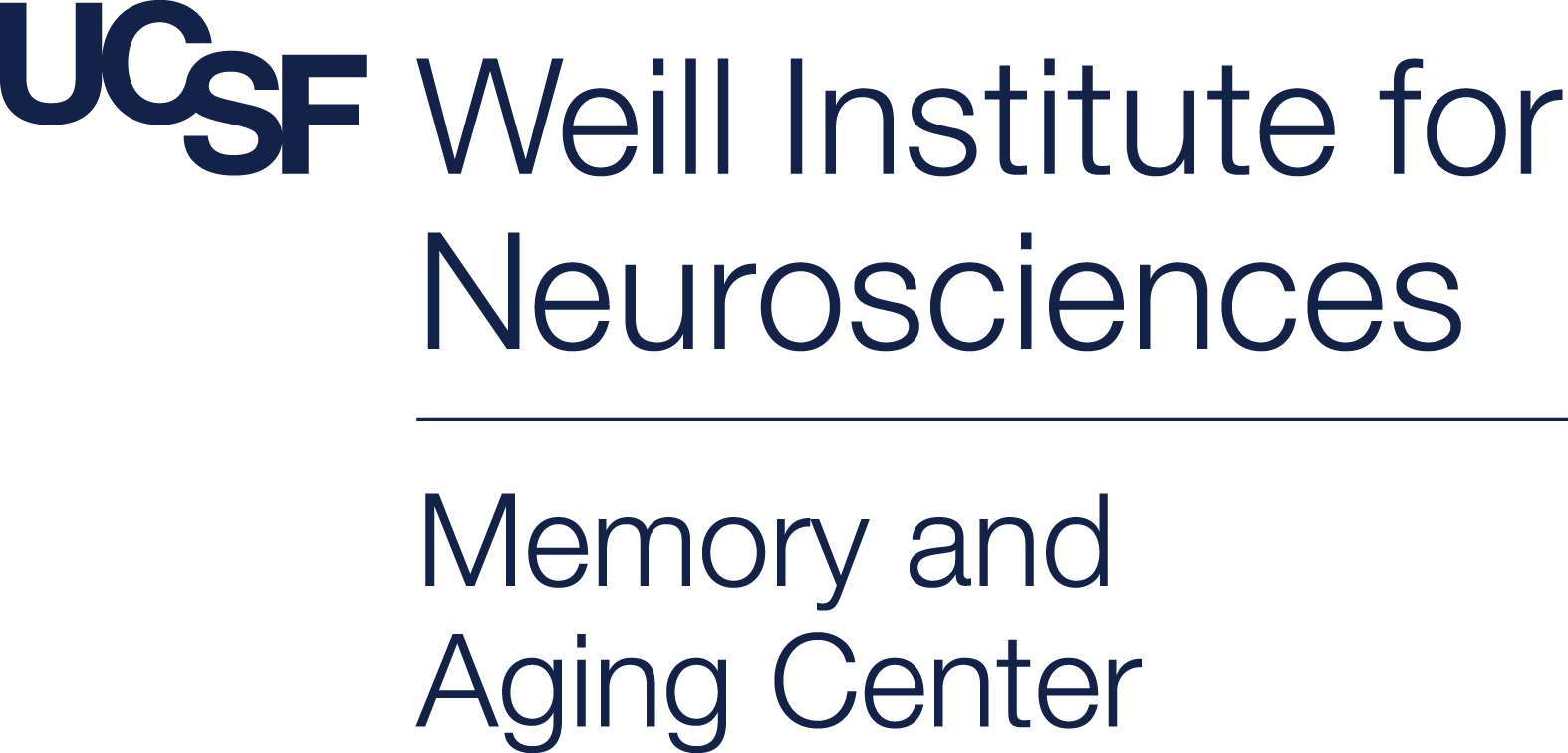Overview
Our research takes advantage of various imaging modalities, including structural and functional imaging of Primary Progressive Aphasia (PPA). In collaboration with the Memory and Aging Center (MAC) Imaging Core and Rab Lab, we assist in the development of various brain imaging pipelines, which we use regularly alongside behavioral and cognitive assessments. Currently, our structural magnetic resonance imaging (sMRI) protocol comprises T1- and T2-weighted imaging for gray matter structure as well as diffusion-weighted imaging (DWI) for white matter structure. In addition, we analyze functional imaging data acquired using functional MRI (fMRI), magnetoencephalography (MEG), and positron emission tomography (PET). Together, these imaging modalities allow us to investigate the clinicopathological correlates of PPA from different, but complementary, angles.
Our areas of interest with respect to our imaging work include:
- Neuroimaging (sMRI, fMRI, DTI, MEG, PET) of PPA clinical and pathological correlates
- Distributed semantics via novel behavioral assessments and MEG studies
- Prediction of longitudinal gray matter changes in PPA based on pre-defined healthy functional networks
- Deep learning and advanced mathematical models in PPA for prediction of in-vivo pathological changes in PPA
- Longitudinal tracking of structural changes in PPA and its association with behavioral and cognitive impairment
- Multilingualism-related differences in clinical presentation and neural correlates of PPA
- Theory- and data-driven clustering of PPA into reproducible clinical syndromes and associated brain atrophy patterns
- Dissection of white matter pathways related to language and speech features in PPA
- Intrinsic connectivity networks critical for specific aspects of language in PPA
- Machine learning predictive modeling of cognitive and language decline in PPA
- Behaviorally relevant compensatory neural mechanisms in PPA
- Treatment-induced structural and functional neuroplasticity in PPA
- Structural and functional organization of language in the human brain







